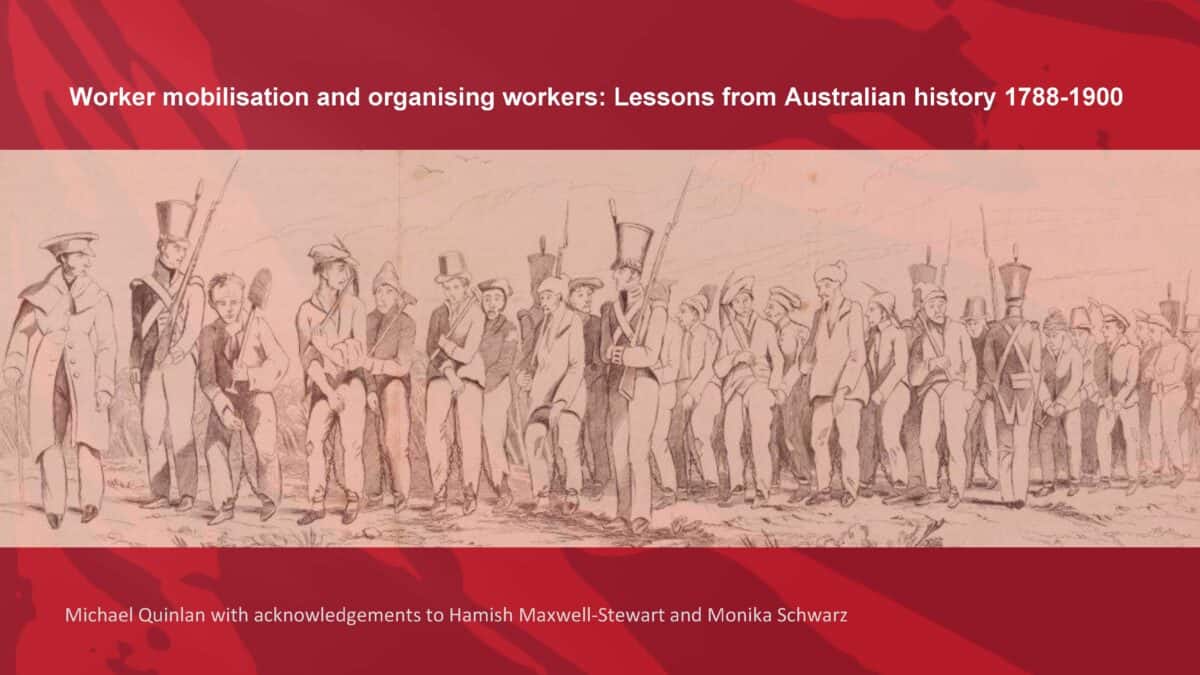Increased productivity and dignity at work are achievable
David Yamada, in his blog Minding the Workplace, states that “the more we can get the concept of human dignity into our everyday discussions of work, the better.” SafetyAtWorkBlog is a supporter of dignity at work and it is heartening to see that the concept is being discussed globally. Dignity, as an activator for change, seems to … Continue reading “Increased productivity and dignity at work are achievable”





